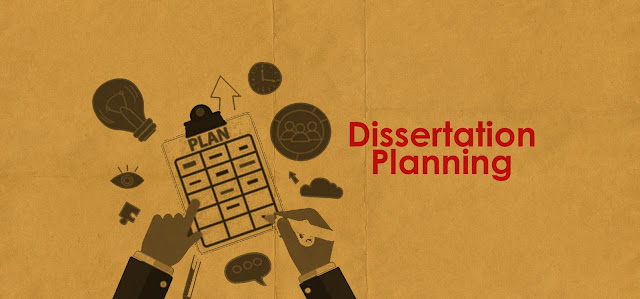BVA 203 W16 : Dissertation Planning
We have to write up a dissertation about our project, documenting and analysing our development, I
have decided to sit down and break down the different beats to hit and figure out what exactly to talk about step-to-step as at the moment I have no idea.
Dissertation should provide structured evaluation of:
- Aims
- Objectives
- Contexts
- Strategy
- Influences
- Methodology
- Resolution
My Aims were to find a seamless way to make the audience feel as if they are remembering a dream, my Strategy to achieve this was to tell a story backwards without the audience realising until the concluding moments. This first part outlines mine own ambitions and what my initial goals were going into the project, this will be the easiest to write, but also most boring because I've already explained myself so many times throughout the year.
The context this falls in is related to dream theory and how out memory works as well as how people experience movies and the way perspective storytelling can change the way one reads the content. This requires me to use some of my research and I think possibly even find some more - especially when I am talking about the POV stuff.
Influences are where I talk about the specific things that inspired or informed my work, this of course primarily being the work of Christopher Nolan as seen in his film Memento. I can talk about how that film works with the audience's mind and what he achieves and how that correlates to what I want. I am also to talk about twists in movies, as this was the hardest thing to overcome in my own development. To start I can list the different things that inspired me and then go on to tell of how these changed and how my focus narrowed on a select few influences.
Methodology, I wrote the things down in Treatment and Script format, lastly using a visual aid in the storyboards to better illustrate how the pieces fit and flow from one to the next.
My resolution was that the twist became almost more important than the structure, it became less about making the experience work and more about letting the audience in on the idea and how to do that in an obvious yet fittingly subtle manner.



You're on the right track!
ReplyDeleteim gonna put you on the wrong track
Delete